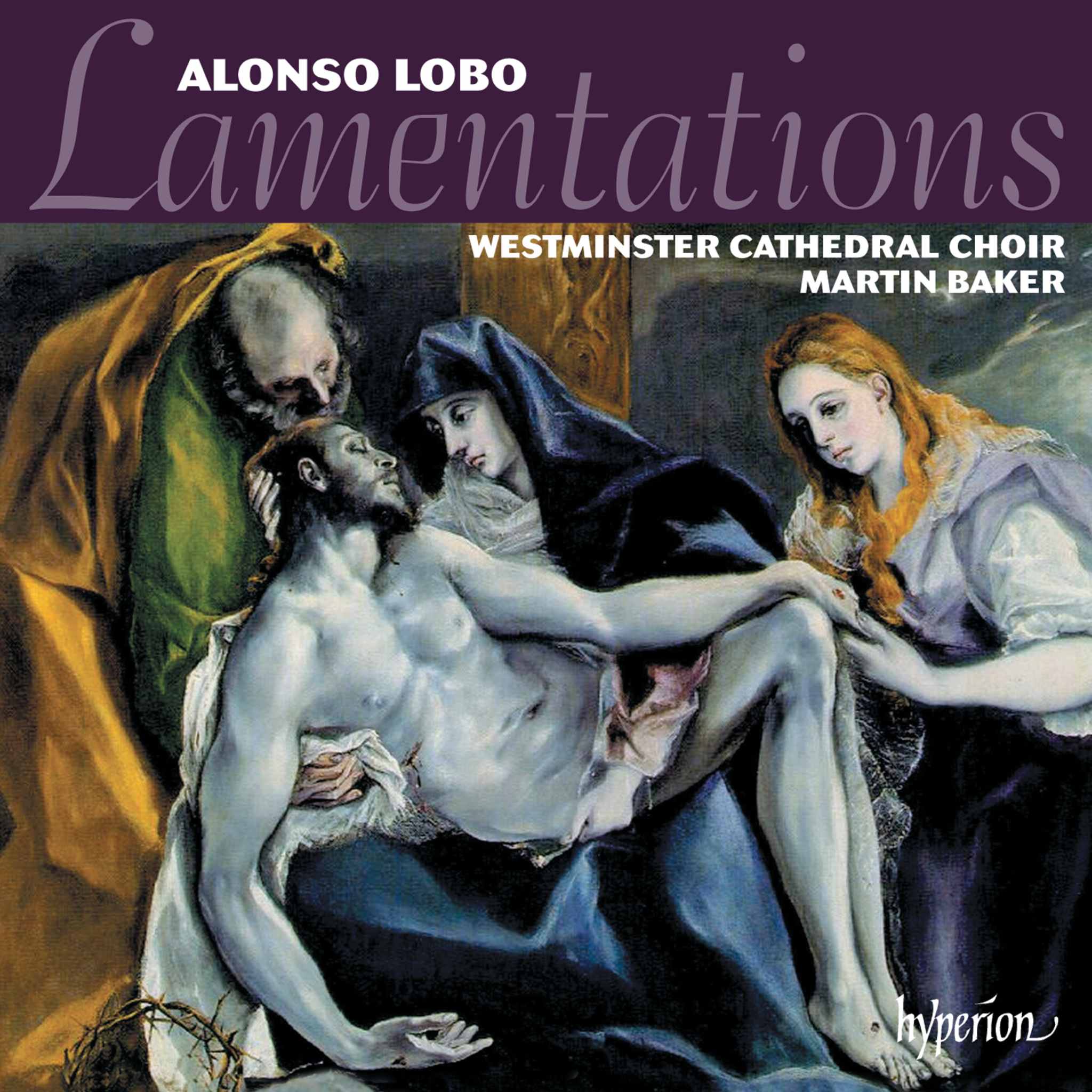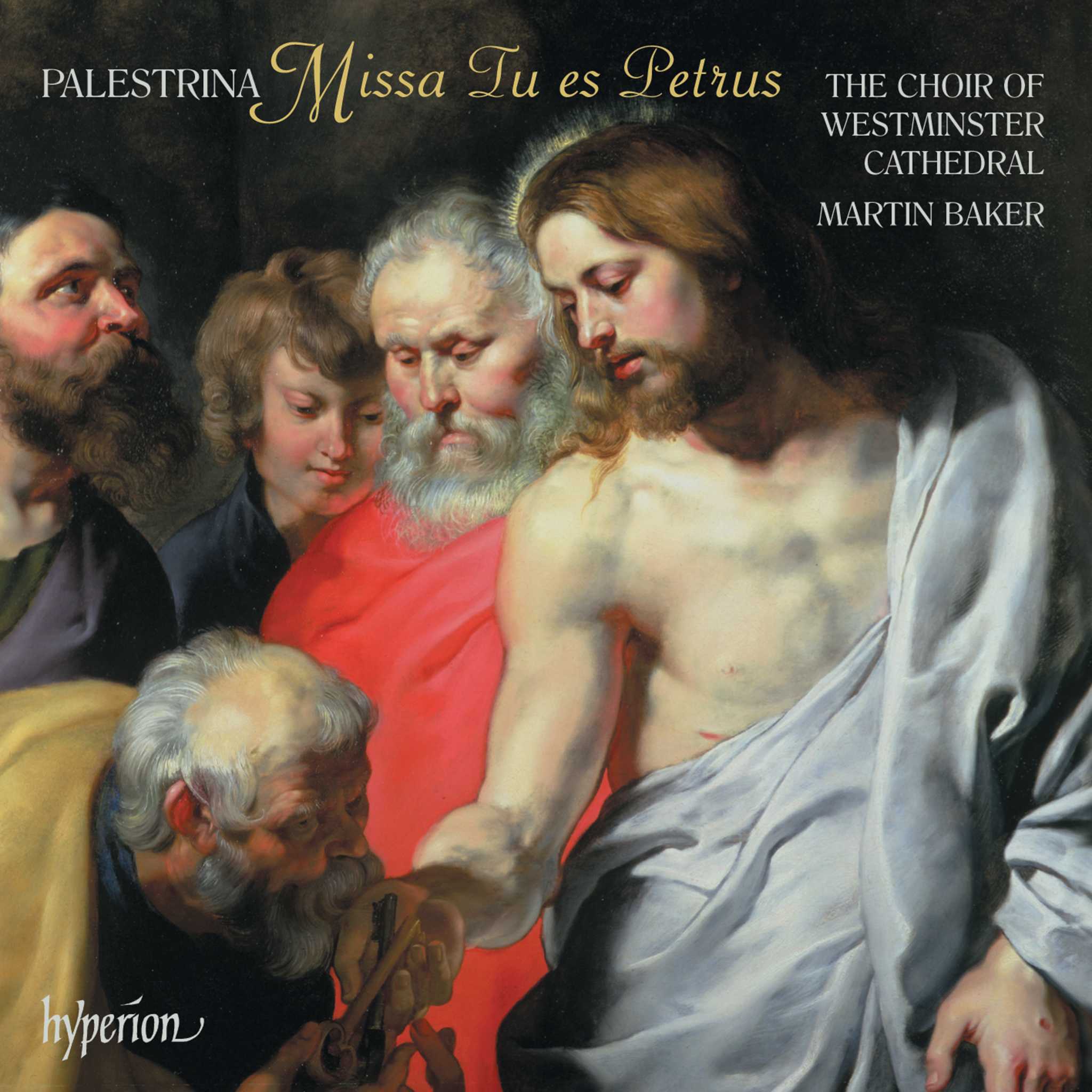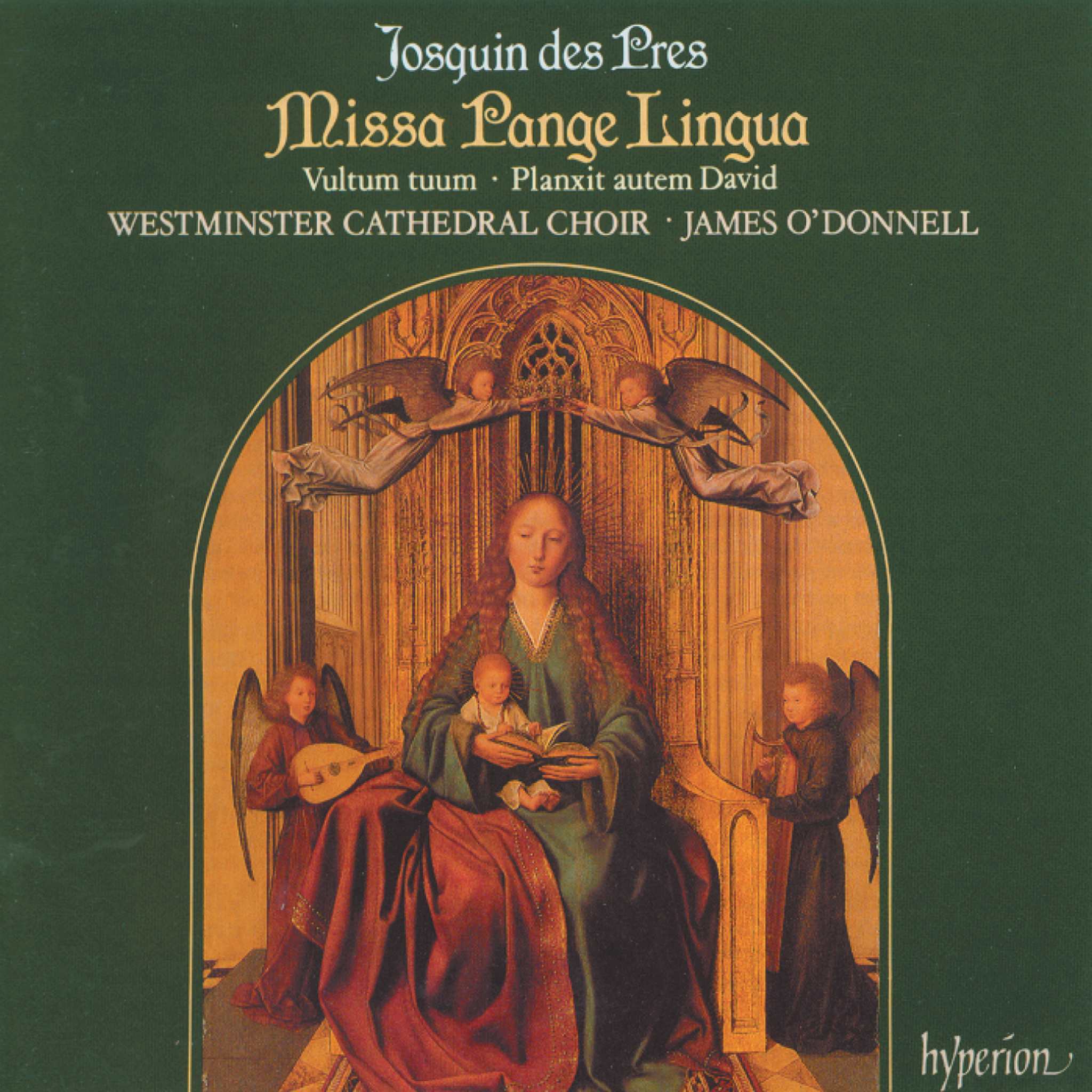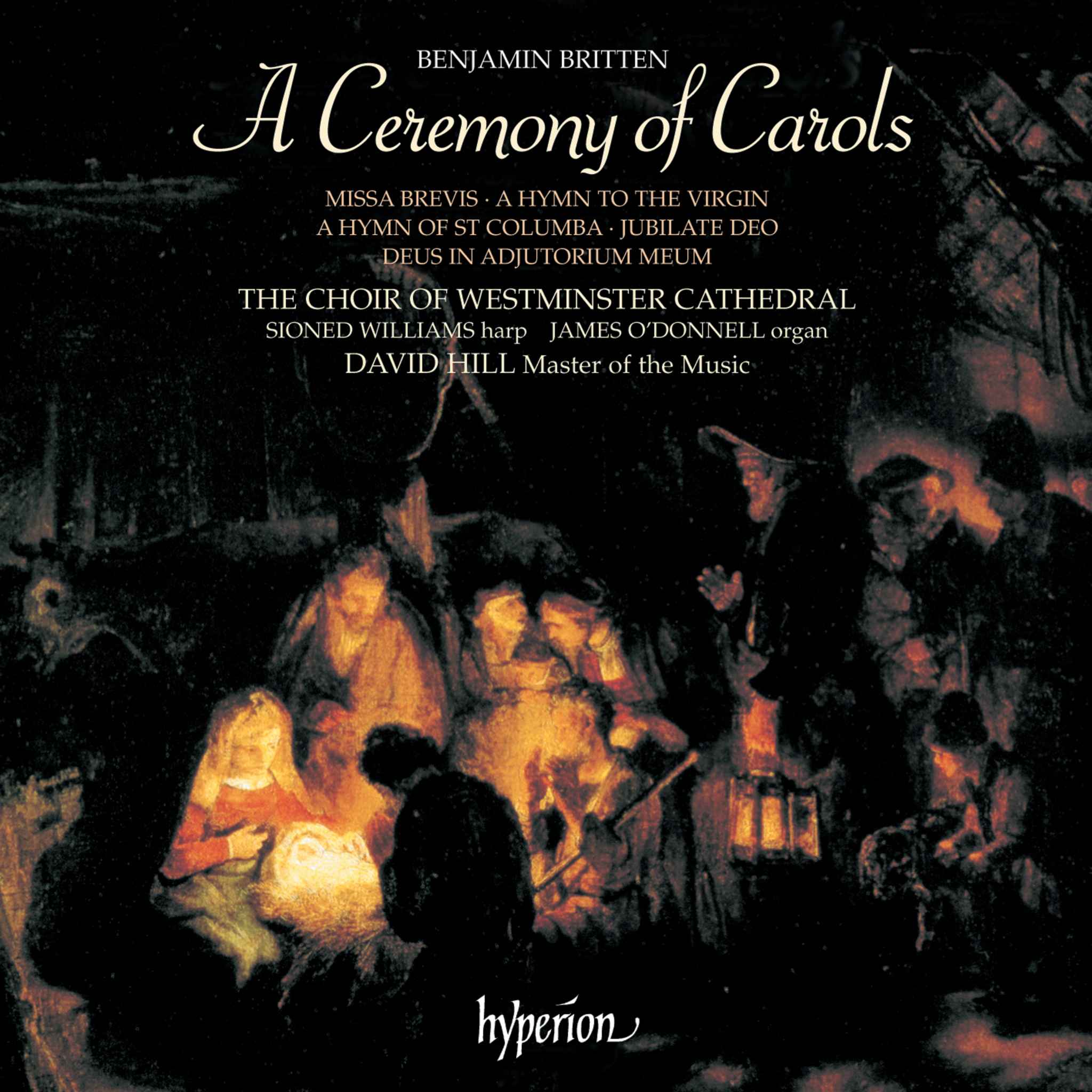Album insights
George Gershwin's career was deeply influenced by his early exposure to the piano and his dynamic musical journey. Despite his non-musical family background, Gershwin's passion for piano was ignited when he heard Rubinstein's Melody in F played by a street musician. This discovery marked the core of his musical pursuits, leading him from classical piano lessons to becoming a vital figure in the music scene. His stint as a "Song Plugger" at Jerome H Remick & Co catalyzed his connection with audiences and the development of his eclectic style, swiftly propelling him into the limelight.
Rialto Ripples, Gershwin's first instrumental piece named after a district in Venice, was penned in 1916. Collaborating with composer Walter Donaldson, the ragtime structure of the piece consisted of distinct sections, creating a unique musical journey. On the other end of his career, Two Waltzes in C from Pardon my English emerged from the less successful production featuring classic tunes like "The Lorelei" and "My Cousin in Milwaukee." These waltzes, performed on dual pianos by Gershwin and Kay Swift, showcased their musical finesse and collaboration.
Gershwin's Song Book, an early publication from Random House, offered a glimpse into the composer's craftsmanship. The preface detailed Gershwin's tailored approach to different versions, considering the skills and preferences of diverse pianists. His notable hits like Swanee from Sinbad and Nobody But You from La-La-Lucille! captured audiences with their innovative harmonies and lyrical excellence. Gershwin's diverse repertoire, including classics like The Man I Love, I'll Build a Stairway to Paradise, and Do it Again, highlighted his musical range and depth. Famous tunes like Fascinating Rhythm and Oh, Lady Be Good showcased Gershwin's rhythmic ingenuity and melodic prowess.
Gershwin's compositions spanned a spectrum of emotions and styles, from the sentimental Liza to the jazzy I Got Rhythm and Blues-inspired Jazzbo Brown from Porgy and Bess. Each piece in his extensive repertoire showcased his unwavering dedication to musical excellence and innovation, solidifying his legacy as a pioneering force in American music.








